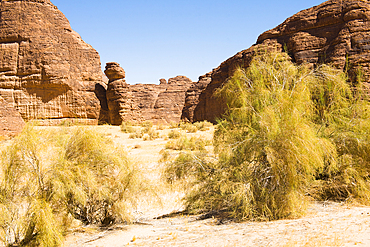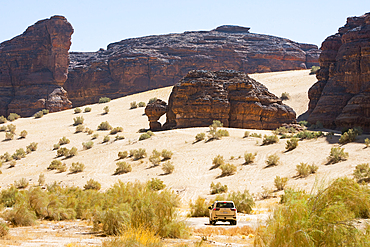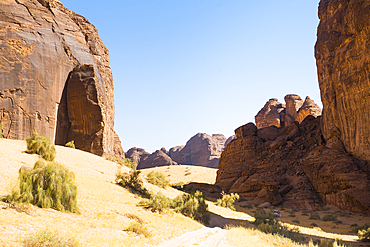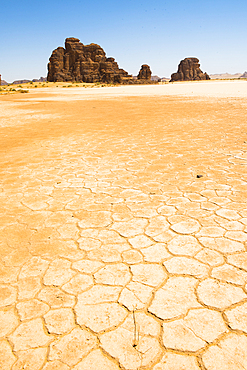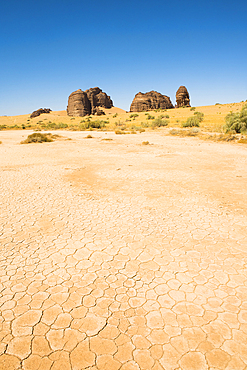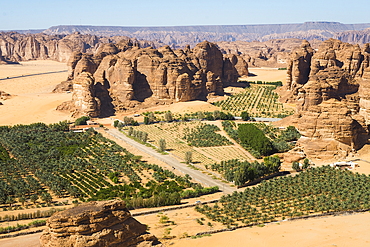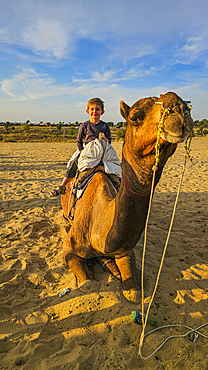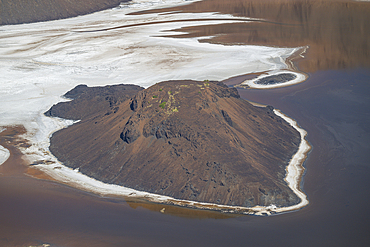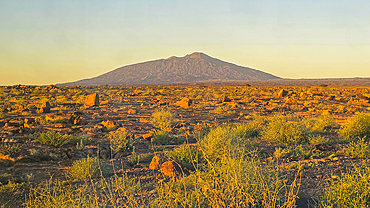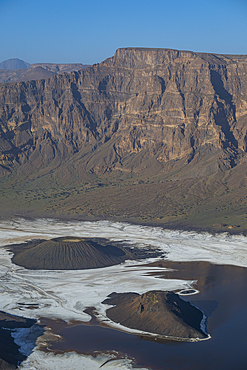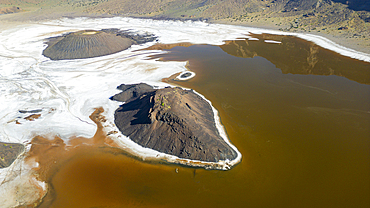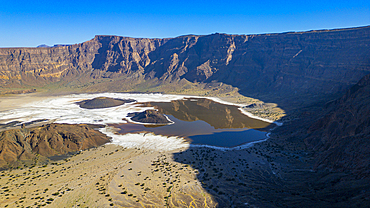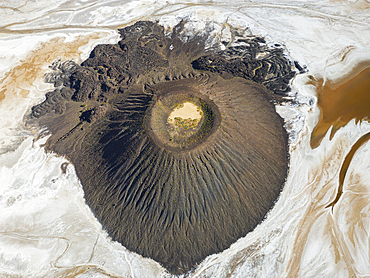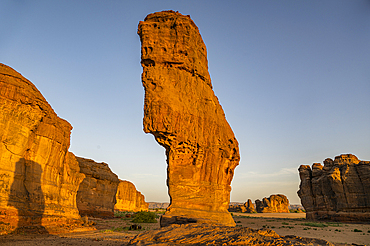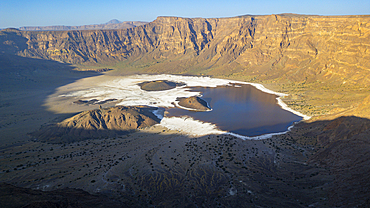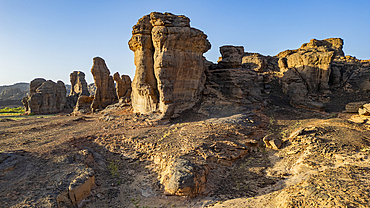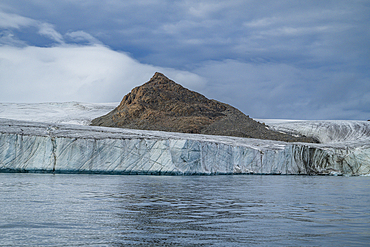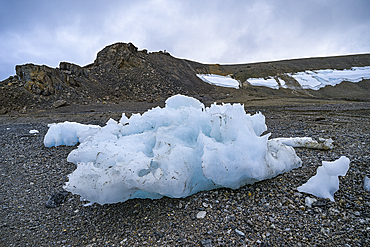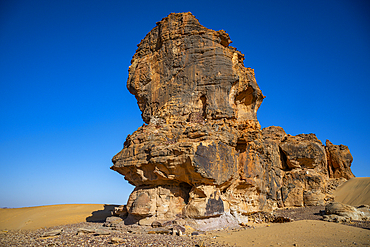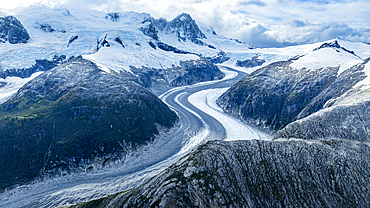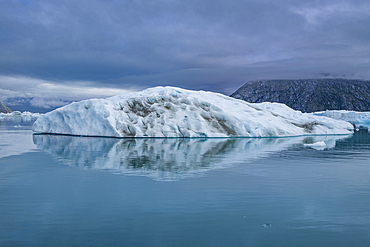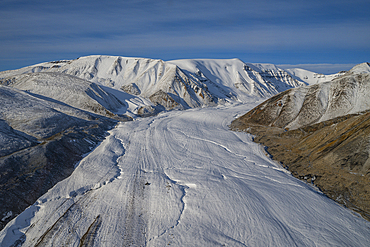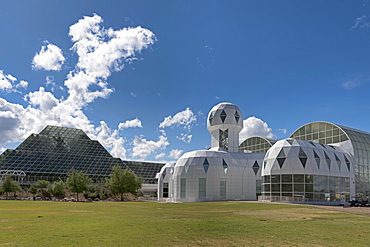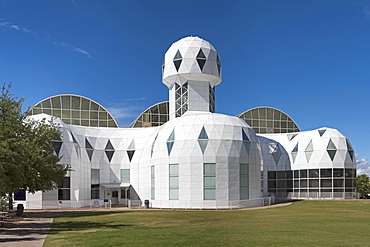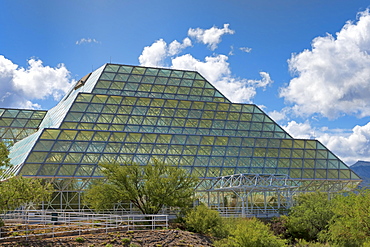Results
« Previous 1 2 3
257 results found
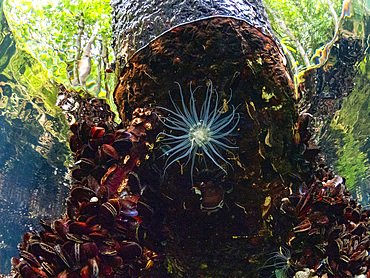
Underwater view of Jellyfish Lake, a marine lake located on Eil Malk Island, Rock Islands, Palau, Micronesia, Pacific
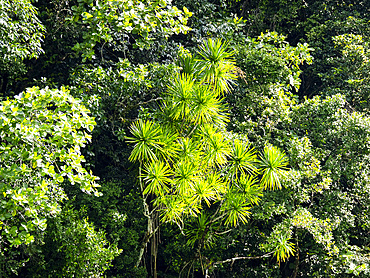
Elevated view of pandanus (screw palm) trees at a site known as the Milky Way, Palau, Micronesia, Pacific

Petrified forest, Agia Marina, Agios Nikolaos Geopark, beach with turquoise water in the south of Greece, Greece
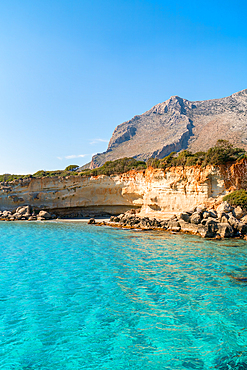
Petrified forest, Agia Marina, Agios Nikolaos Geopark, beach with turquoise water in the south of Greece, Greece
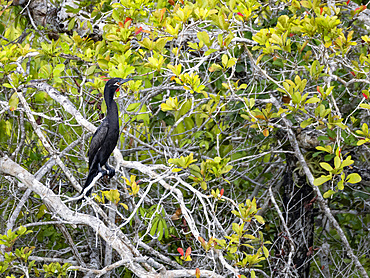
An adult neotropic cormorant (Nannopterum brasilianum), on New River near the Mesoamerican archaeological site of Lamanai, Belize
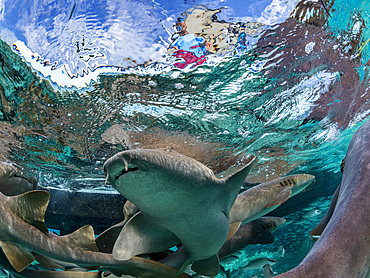
Nurse sharks (Ginglymostoma cirratum), being fed in Hol Chan Marine Preserve, inside the Mesoamerican Barrier Reef, Belize
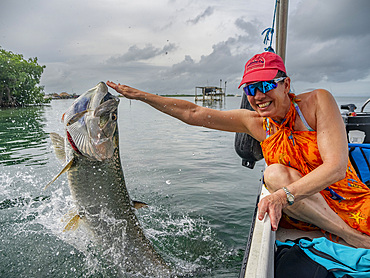
Tourists hand-feeding tarpon (Megalops atlaticus), at feeding station inside the Mesoamerican Barrier Reef, Belize
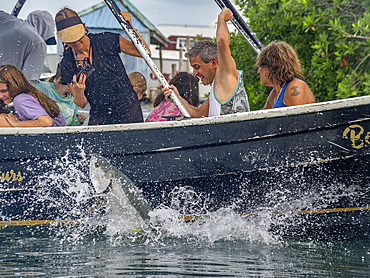
Tourists hand-feeding tarpon (Megalops atlaticus), at feeding station inside the Mesoamerican Barrier Reef, Belize
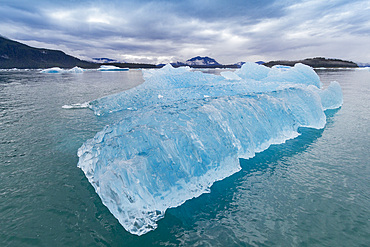
Glacial iceberg detail from ice calved off the LeConte Glacier near Petersberg, Southeast Alaska, United States of America
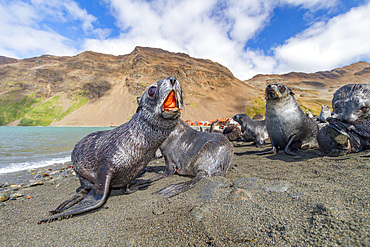
Antarctic fur seal pups (Arctocephalus gazella) near the abandoned whaling station at Stromness Bay on South Georgia, Polar Regions
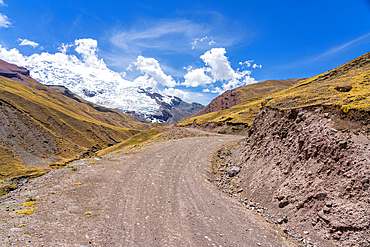
Nevado Ausangate mountain in the Andes, Pitumarca District, Cusco (Cuzco) Region, Peru, South America, South America
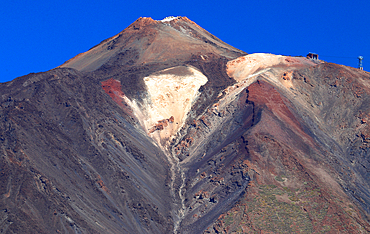
El Teide National Park, UNESCO World Heritage Site, Tenerife, Canary Islands, Spain, Atlantic, Europe
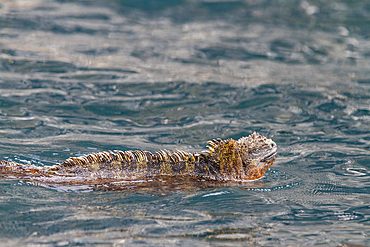
The endemic Galapagos marine iguana (Amblyrhynchus cristatus) in the Galapagos Island Archipelago, UNESCO World Heritage Site, Ecuador, South America

Adult snow petrel (Pagodroma nivea nivea) near the Antarctic Peninsula, Antarctica, Southern Ocean, Polar Regions

Lava lizard (Microlophus spp) courtship behavior in the Galapagos Islands Archipelago, UNESCO World Heritage Site, Ecuador, South America
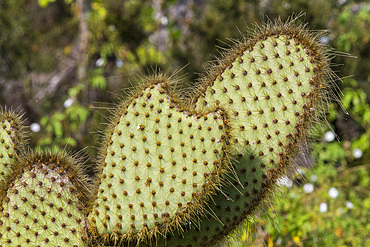
The endemic Opuntia cactus (Opuntia echios) cactus growing in the Galapagos Island Archipelago, UNESCO World Heritage Site, Ecuador, South America
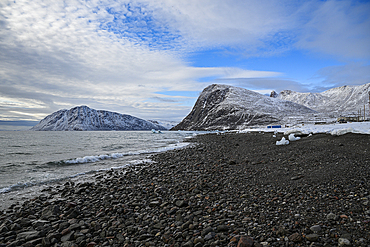
Arctic desert around Grise Fjord, most northern community in America, Nunavut, Canadian Arctic, Canada, North America
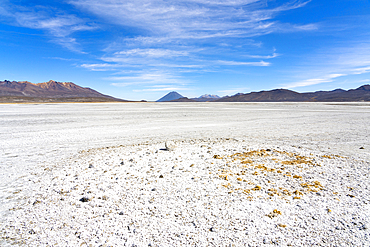
Salt flats and distant views of Pichu Pichu, El Misti and Chachani volcanoes, Salinas y Aguada Blanca National Reserve, Arequipa Province, Arequipa Region, Peru, South America
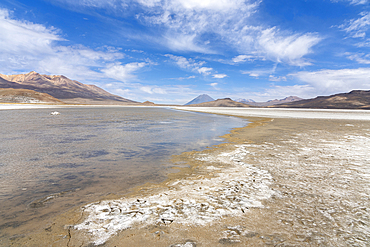
El Misti and Chachani volcanoes seen from salt flats of Salinas y Aguada Blanca National Reserve, Arequipa Region, Peru, South America
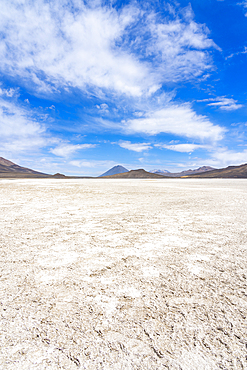
El Misti and Chachani volcanoes seen from salt flats of Salinas y Aguada Blanca National Reserve, Arequipa Region, Peru, South America
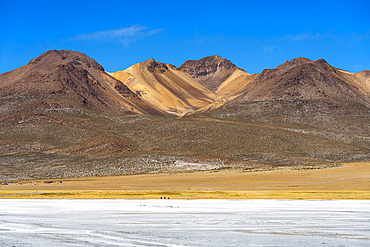
Salt flats and mountains at Salinas y Aguada Blanca National Reserve, Arequipa Province, Arequipa Region, Peru, South America
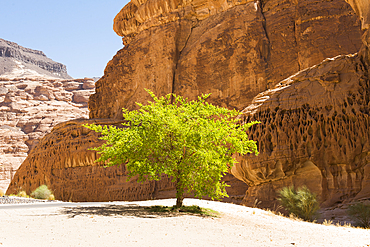
Isolated tree among sandstone rock formation in the desert canyons of the Ashar Valley, Medina Province, Saudi Arabia
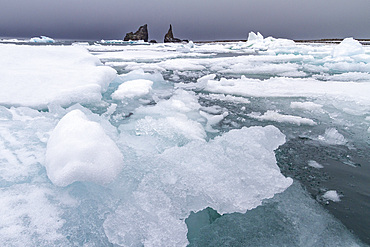
A view of Cape Tegetthoff on Hall (Gallya) Island in Franz Josef Land, Russia, Arctic Ocean, Eurasia
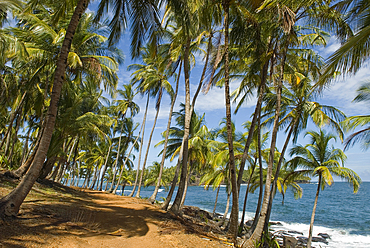
Chemin de la Pointe des Cayes, Ile Royale, Iles du Salut, French Guiana, Overseas department and region of France, French Guiana, South America
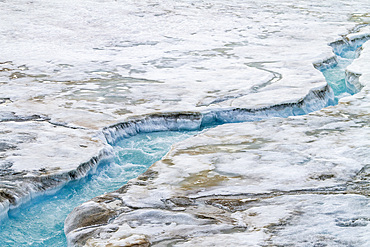
Views of Austfonna, an ice cap located on Nordaustlandet in the Svalbard archipelago in Norway, Arctic, Europe
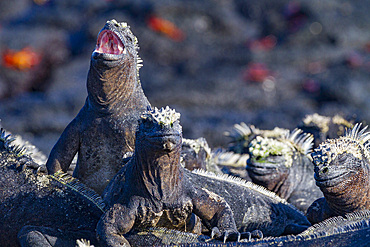
The endemic Galapagos marine iguana (Amblyrhynchus cristatus) in the Galapagos Island Archipelago, UNESCO World Heritage Site, Ecuador, South America
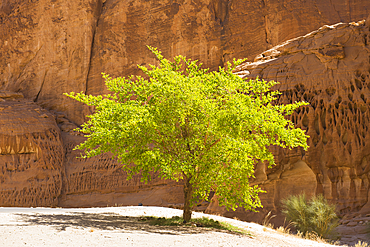
Isolated tree among sandstone rock formation in the desert canyons of the Ashar Valley, Medina Province, Saudi Arabia
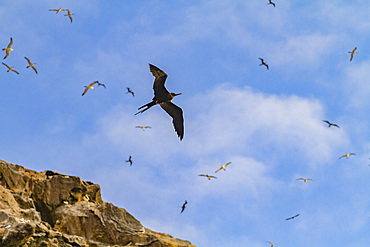
A dawn view of Boatswain Bird Island just off Ascension Island in the southern tropical Atlantic Ocean, South Atlantic Ocean
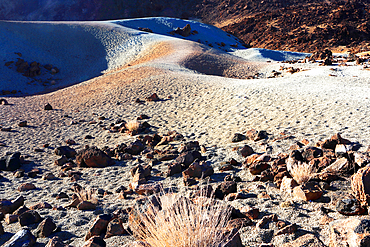
El Teide National Park, UNESCO World Heritage Site, Tenerife, Canary Islands, Spain, Atlantic, Europe
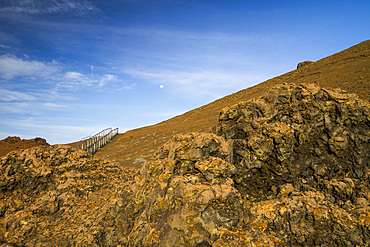
A view of the lava formation and rock forms on the island of Bartolome in the Galapagos Islands, UNESCO World Heritage Site, Ecuador, South America
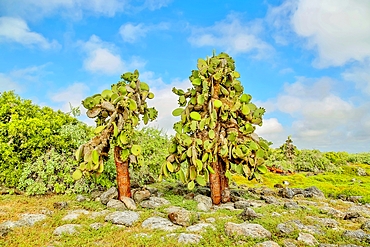
Opuntia (Prickly Pear) cacti on South Plaza island, Galapagos, UNESCO World Heritage Site, Ecuador, South America
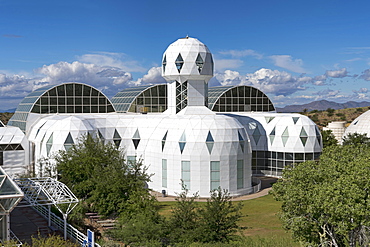
Biosphere 2, self-sustaining ecosystem, lodgings of mission's scientists, Oracle, Arizona, USA, North America
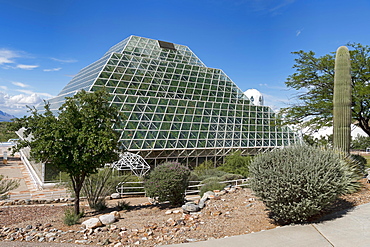
Biosphere 2, self-sustaining ecosystem, cactus in front of facility with tropical rainforest, Oracle, Arizona, USA, North America
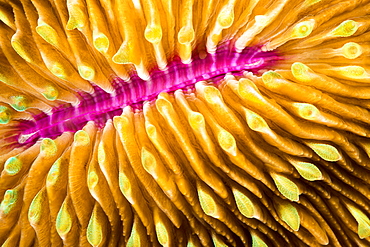
Mouth detail of a colorful and healthy mushroom coral (Fungia fungites) that is growing on a tropical coral reef. Mushroom coral is unique in the coral world, in that it does not attach itself to the bottom, Philippines
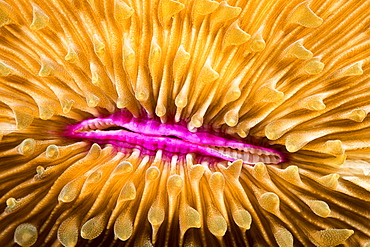
Mouth detail of a colourful and healthy Mushroom coral, Fungia fungites, that is growing on a tropical coral reef in the Philippines. Mushroom coral is unique in the coral world, in that it does not attach itself to the bottom, Philippines
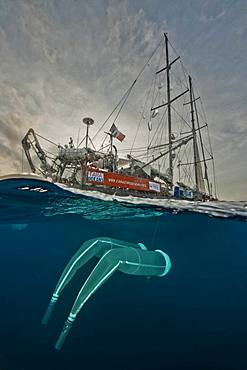
Tara Oceans Expeditions - May 2011. Tara with deployed plancton nets. On "station", the boat is drifting without engine or sails. Tara Oceans, a unique expedition: Tara Oceans is the very first attempt to make a global study of marine plankton, a form of sea life that includes organisms as small as viruses and bacterias, and as big as medusas. Our goal is to better understand planktonic ecosystems by exploring the countless species, learning about interactions among them and with their environment. Marine plankton is the only ecosystem that is almost continuous over the surface of the Earth. Studying plankton is like taking the pulse of our planet. Recently, scientists have discovered the great importance of plankton for the climate: populations of plankton are affected very rapidly by variations in climate. But in turn they can influence the climate by modifying the absorption of carbon. In a context of rapid physico-chemical changes, for example the acidification observed today in the world's oceans, it is urgent to understand and predict the evolution of these particular ecosystems. Finally, plankton is an astonishing way of going back in time ? a prime source of fossils. Over the eons, plankton has created several hundred meters of sediment on the ocean floors. This allows us to go back in time, to the first oceans on Earth, and better understand the history of our biosphere. More than 12 fields of research are involved in the project, which will bring together an international team of oceanographers, ecologists, biologists, geneticists, and physicists from prestigious laboratories headed by Eric Karsenti of the European Molecular Biology Laboratory. Galapagos

